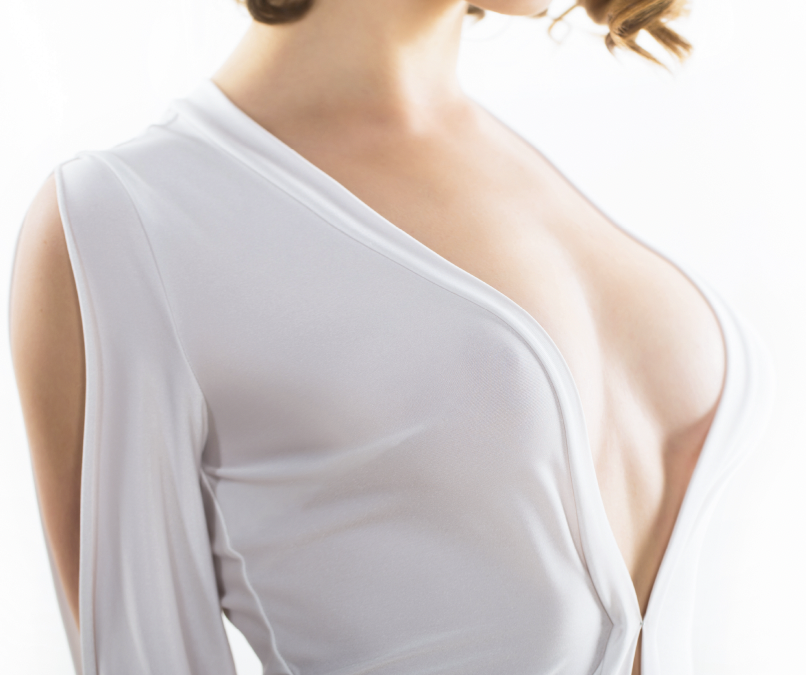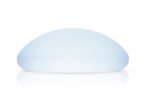The Fascination with the Female Breast: A Scientific, Cultural, and Psychological Perspective
Introduction
The female breast has long been a subject of fascination across cultures, science, and psychology. From its biological function in nurturing life to its role in art, fashion, and attraction, breasts hold deep significance in human history. But what makes them so captivating?
In this article, we explore the scientific, evolutionary, and cultural perspectives on why the female breast continues to intrigue societies worldwide.
- The Science Behind the Female Breast
1.1. Biological Purpose: More Than Just Aesthetic
The primary function of female breasts is lactation, providing essential nutrients and antibodies to newborns (Riordan & Wambach, 2010). Breast milk contains a unique blend of proteins, fats, and carbohydrates, offering complete nutritionfor an infant’s growth and immune system development.
1.2. Unique Among Mammals
Humans are among the few mammals whose breasts remain prominent even when not lactating. In most other species, mammary glands enlarge only during breastfeeding. Evolutionary biologists suggest that permanent breast developmentin humans might serve a secondary role beyond lactation, possibly linked to sexual selection (Morris, 1967).
1.3. The Role of Oestrogen and Fat Distribution
Breast size and shape are influenced by hormones like oestrogen and progesterone, which regulate fat distribution in the body (Jasienska et al., 2004). Since breasts contain adipose (fat) tissue, their size can fluctuate due to hormonal changes, pregnancy, and body weight variations.
- The Evolutionary Perspective: Why Are Men Attracted to Breasts?
2.1. Breasts and Sexual Selection
Evolutionary scientists suggest that breasts may have evolved as a visual cue of fertility. Larger or symmetrical breasts might signal higher oestrogen levels and reproductive health, which could explain male attraction to them (Singh, 1993).
2.2. The “Cleavage Effect” and Infant Bonding
Some theories propose that the rounded shape of breasts mimics the curves of buttocks, which were an early visual stimulus for attraction when humans walked on all fours. As humans evolved into bipedal creatures, breasts may have taken on a similar visual appeal (Gould, 1977).
- Cultural Perspectives on the Female Breast
3.1. Breast Symbolism in Ancient Civilizations
Throughout history, breasts have been seen as symbols of fertility, motherhood, and sensuality:
- Ancient Egypt: Depictions of goddesses like Isis emphasize nurturing and breastfeeding.
- Classical Greece and Rome: Statues such as the Venus de Milo celebrate the beauty of the female form.
- Renaissance Art: Artists like Leonardo da Vinci portrayed breasts as both maternal and erotic.
3.2. The Changing Beauty Standards
Perceptions of breast size and shape have varied:
- 1920s: The flapper era favoured a flat-chested look.
- 1950s: Hollywood icons like Marilyn Monroe made fuller busts the beauty ideal.
- 1990s–2000s: The rise of Victoria’s Secret models emphasized push-up bras and cleavage.
- Today: A shift toward body positivity and natural diversity is redefining beauty standards.
3.3. The Role of Fashion and Media
Lingerie, fashion, and media have reinforced breast fascination:
- Corsets (16th–19th century): Lifted and shaped breasts for aesthetic appeal.
- Bras (20th century – present): From the invention of the push-up bra to today’s bralette trend, undergarments continue to influence breast presentation (Farrell-Beck & Gau, 2002).
- Social Media & Body Positivity: Platforms like Instagram and TikTok have changed the conversation around breast size and self-acceptance.
- Psychological and Social Aspects of Breast Fascination
4.1. The Psychological Impact of Breast Attraction
Psychologists suggest that breast attraction may be conditioned by cultural exposure and societal norms (Rupp & Wallen, 2007). Some studies show that men raised in societies where breasts are not sexualized (such as certain indigenous cultures) tend to focus on other features (e.g., hips) for attraction.
4.2. Breastfeeding and Mother-Infant Bonding
Beyond attraction, breasts play a crucial role in bonding between mother and child. Skin-to-skin contact and oxytocin release during breastfeeding create a deep emotional connection (Uvnas-Moberg, 2014).
4.3. The Influence of Advertising and Commercialization
From beauty campaigns to plastic surgery trends, breasts have been commodified in advertising. The global breast augmentation industry is valued at billions, highlighting the socioeconomic influence of breast aesthetics (American Society of Plastic Surgeons, 2021).
- The Future of Breast Perception: Shifting Attitudes
With evolving discussions on body positivity, gender identity, and self-acceptance, the perception of breasts is changing:
- Inclusive lingerie brands now cater to all breast shapes and sizes.
- Celebrities and influencers promote natural beauty and surgical transparency.
- Medical advancements in breast health and reconstruction offer better options for women post-mastectomy (Kroll et al., 2013).
As science and culture continue to evolve, so will our understanding and appreciation of the female breast.
Conclusion
The female breast is more than just a biological feature; it carries deep scientific, evolutionary, cultural, and psychological significance. Whether viewed through the lens of nurturing, beauty, or attraction, breasts remain one of the most intriguing aspects of the human body.
What are your thoughts on changing beauty standards and the role of breasts in society? Share your perspective in the comments!
References
- American Society of Plastic Surgeons. (2021). Plastic Surgery Statistics Report.
- Farrell-Beck, J., & Gau, C. (2002). Uplift: The Bra in America. University of Pennsylvania Press.
- Gould, S. J. (1977). Ontogeny and Phylogeny. Harvard University Press.
- Jasienska, G., Ziomkiewicz, A., Ellison, P. T., Lipson, S. F., & Thune, I. (2004). Large breasts and narrow waists indicate high reproductive potential in women. Proceedings of the Royal Society B, 271(1545), 1213-1217.
- Kroll, S. S., et al. (2013). Breast Reconstruction with Autologous Tissue: Current Perspectives. Plastic and Reconstructive Surgery.
- Morris, D. (1967). The Naked Ape: A Zoologist’s Study of the Human Animal. McGraw-Hill.
- Riordan, J., & Wambach, K. (2010). Breastfeeding and Human Lactation. Jones & Bartlett Publishers.
- Rupp, H. A., & Wallen, K. (2007). Relationship between testosterone and interest in sexual stimuli: The effect of experience. Hormones and Behavior, 52(5), 581-589.
- Singh, D. (1993). Adaptive significance of female physical attractiveness: Role of waist-to-hip ratio. Journal of Personality and Social Psychology, 65(2), 293.
- Uvnas-Moberg, K. (2014). The Hormone of Closeness: The Role of Oxytocin in Relationships. Pinter & Martin.










